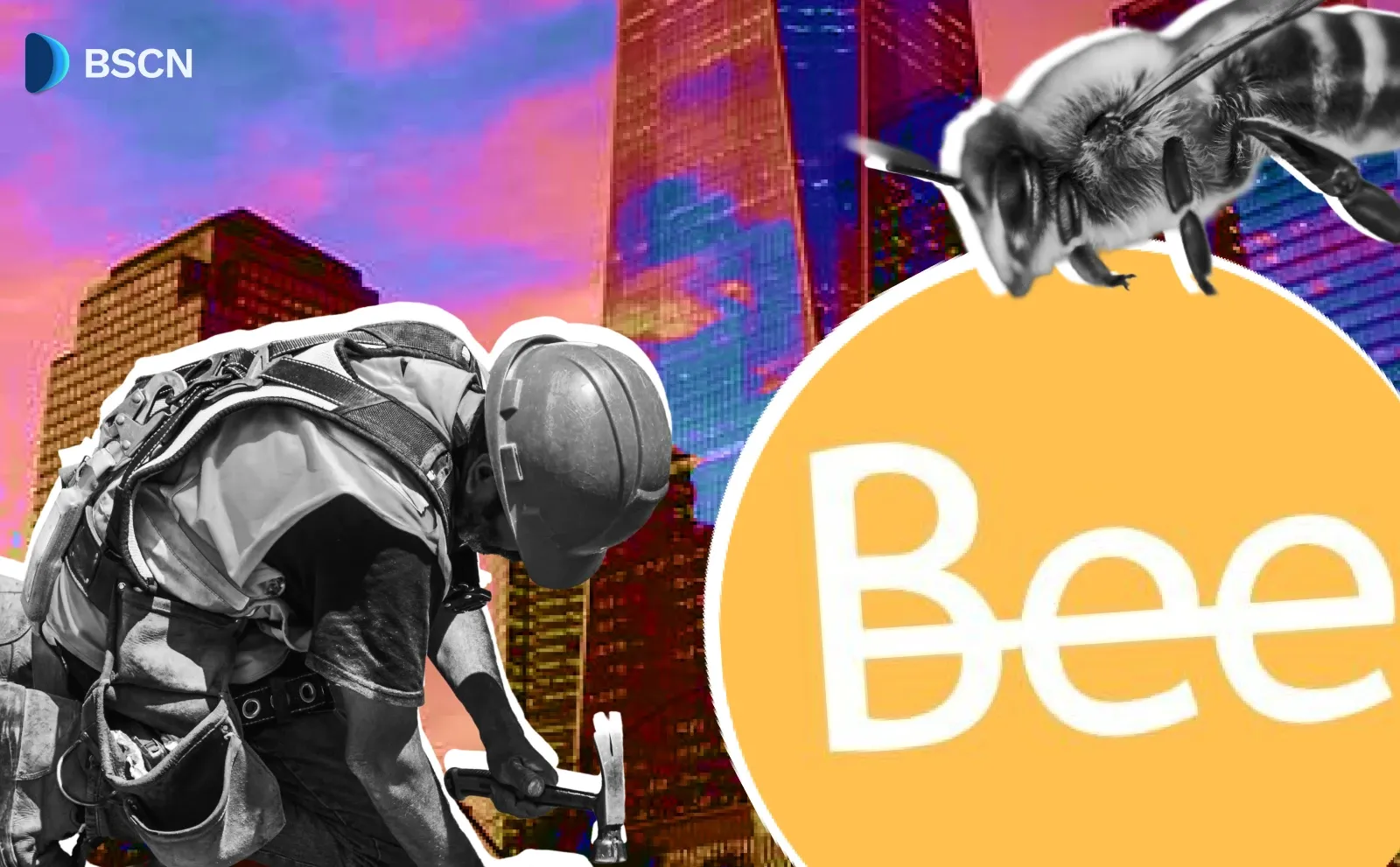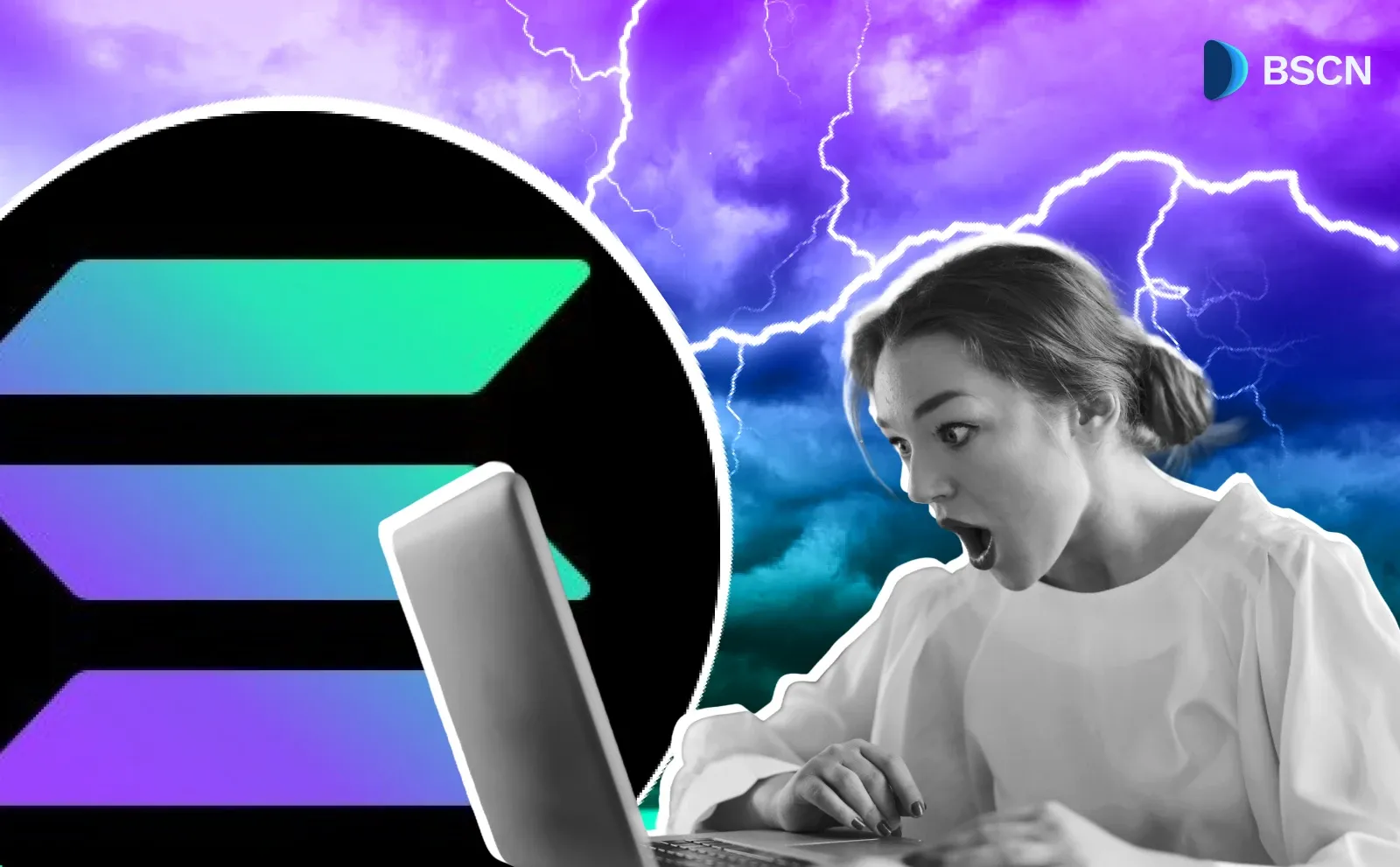PROMO
Beyond Fetch: Why Dogs Need Variety in Their Play
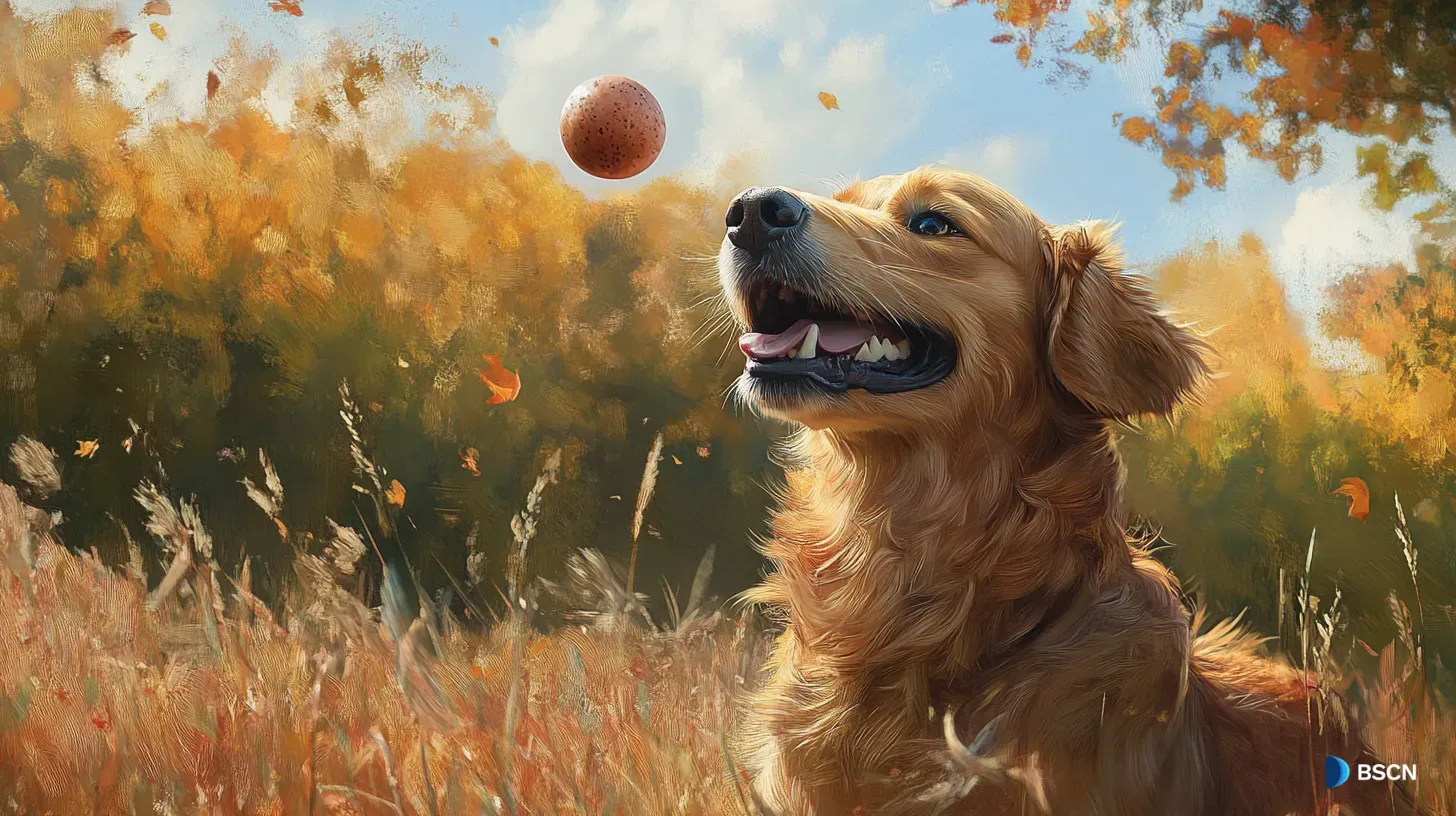
Dogs thrive on varied games, not repetition. Explore types of play that improve behavior, build skills, and deepen your bond with your pet.
BSCN
May 23, 2025
Dogs thrive on mental stimulation just as much as physical exercise. While a game of fetch might be the go-to activity for many pet owners, your furry friend deserves more. This article explores why varying your play routine matters and offers practical ways to keep your dog engaged, challenged, and happy.
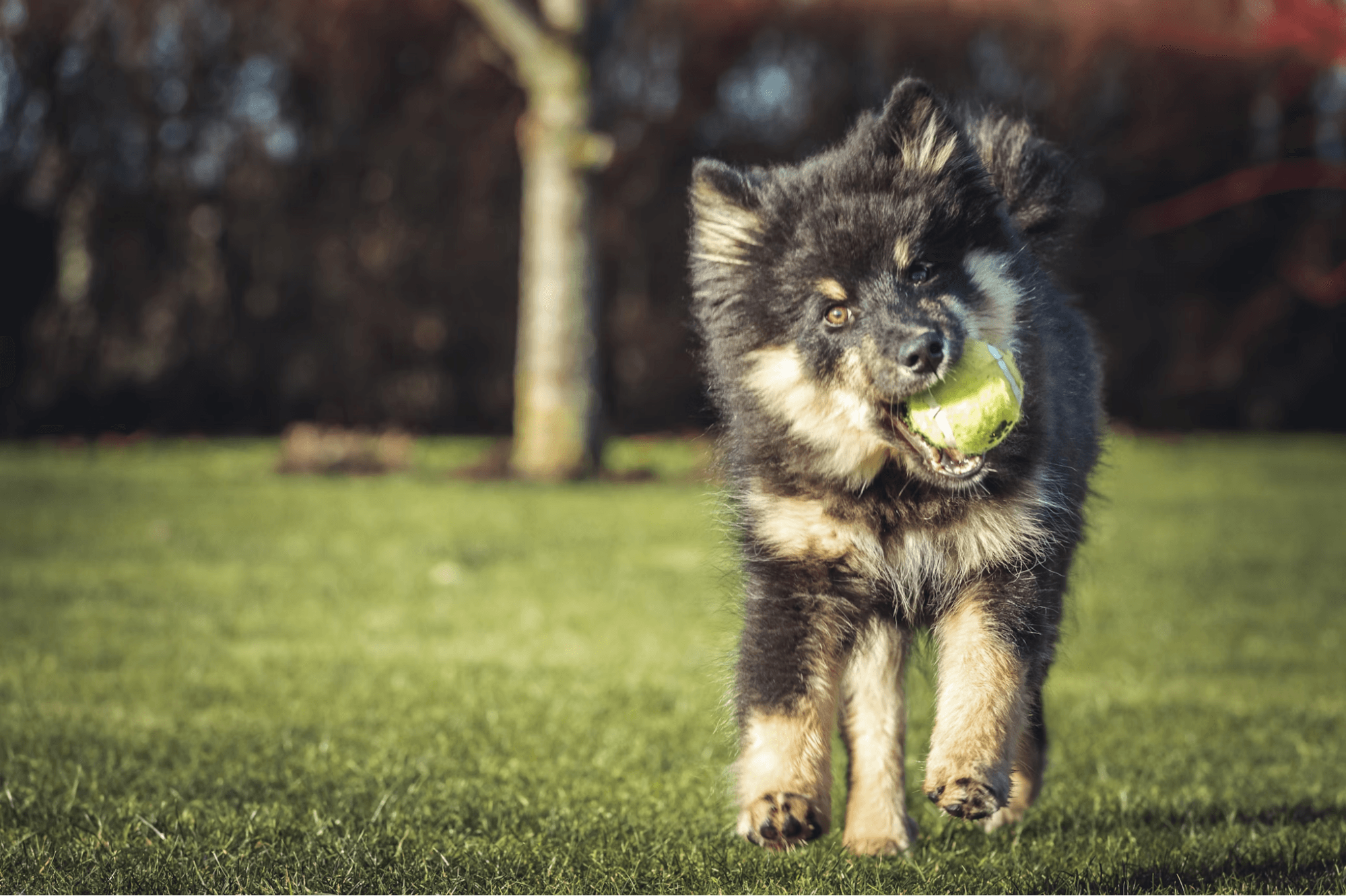
Why Dogs Need Different Types of Games
Dogs are intelligent creatures with complex brains that crave stimulation. Much like humans, who might seek variety even in the digital gaming sphere and visit this website for different games, they can get bored when doing the same activities day after day.
Dogs who participate in varied activities show fewer behavioral problems. They're less likely to develop destructive habits like excessive barking, digging, or chewing. This makes sense — a mentally tired dog is typically a well-behaved dog.
Different games also work different muscle groups and skills. Some activities build confidence, others improve coordination or strengthen the bond between you and your pet. A diverse play routine creates a more well-rounded, adaptable companion.
Signs Your Dog Is Bored with Current Games
How can you tell if your pup needs more variety? Look for these telltale signs:
- Walks away or loses interest in games quickly
- Seems distracted during playtime
- Looks at toys but doesn't engage
- Shows more excitement for everyday objects than actual toys
- Starts creating their own “games” (like chewing furniture).
Types of Games to Introduce
Let's explore several categories of play that can add variety to your dog's routine.
Scent Work
Dogs experience the world primarily through smell. Their noses contain up to 300 million olfactory receptors compared to our mere 6 million. Scent games tap into this natural ability.
Try hiding treats around your home and encouraging your dog to find them. Start easy by placing treats in plain sight, then gradually make it harder. For advanced dogs, try scent boxes where they need to identify a specific smell among several containers.
Puzzle Toys
Mental stimulation can be as tiring as physical exercise for dogs. Puzzle toys challenge your dog to solve problems to access treats or toys.
Start with simple puzzles where your dog moves a block or lifts a lid. As they master basic concepts, introduce more complex toys with multiple steps.
Agility at Home
You don't need professional equipment to introduce agility concepts. Use cushions for jumps, broomsticks balanced on books for hurdles, or open cardboard boxes for tunnels. Guide your dog through this makeshift course using treats and praise.
Agility combines physical activity with mental focus. It teaches your dog to watch you for cues while building body awareness and confidence.
Interactive Tug Games
Tug isn't just about strength — it can teach impulse control and obedience. Establish clear rules: your dog must release the toy on command and shouldn't grab it until you give permission.
This game strengthens your bond while teaching valuable skills. Contrary to old myths, tug doesn't make dogs aggressive when played with proper boundaries.
How to Keep Games Fresh
Even the most exciting games can become routine over time. These strategies help maintain your dog's interest and enthusiasm for play activities you've already introduced.
Rotate Toys
Dogs notice and appreciate novelty. Instead of leaving all toys available at once, rotate them weekly. When old toys return to the rotation, they often feel “new” again to your dog. Keep a few special toys that only appear during interactive playtime with you.
Change Locations
A familiar game becomes new again in a different setting. Play fetch in the living room instead of the yard. Try hide-and-seek at a friend's house. Visit different parks, beaches, or hiking trails when possible.
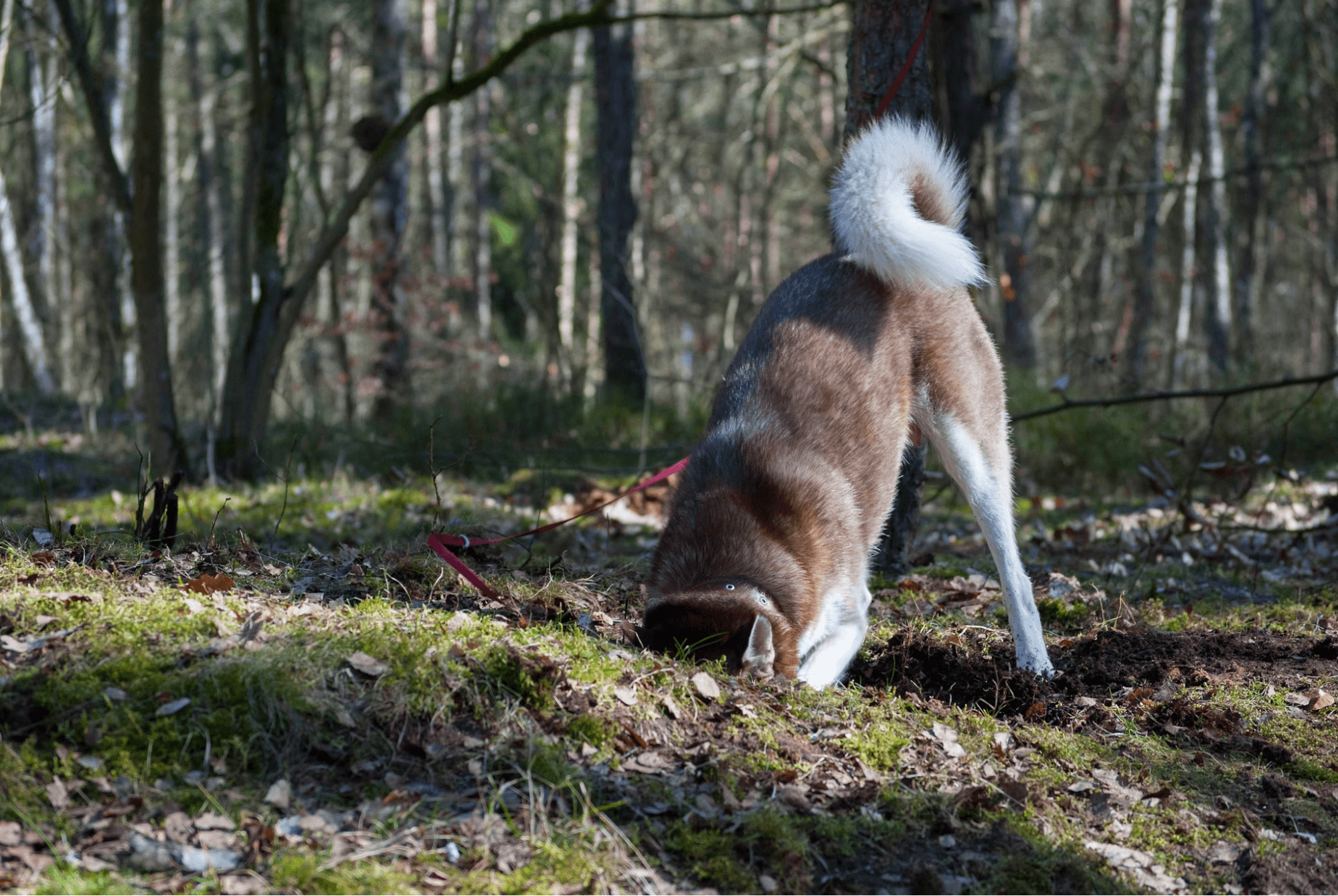
Modify Familiar Games
Small tweaks can revitalize old favorites:
- For fetch, try different objects (frisbees, soft toys, balls of different sizes)
- Add commands before retrieving (“sit,” “stay,” then “get it”)
- Reward with different treats or praise styles.
Follow Your Dog's Lead
Watch what naturally excites your dog and build on it. Does your Terrier love to dig? Create a designated digging pit with buried treasures. Is your Retriever fascinated by water? Introduce floating toys.
Conclusion
Dogs deserve rich, varied play experiences that challenge their minds and bodies. You provide mental stimulation that prevents boredom while strengthening your bond by introducing variety to your routine. Pay attention to what your dog enjoys, be willing to look silly sometimes, and most importantly, have fun together. The best game for your dog will always be one that includes you.
Disclaimer: This is a paid press release. bsc.news does not endorse and is not responsible for or liable for any content, accuracy, quality, advertising, products, or other materials on this page. Readers should do their own research before taking any actions related to the company and content. bsc.news is not responsible, directly or indirectly, for any damage or loss caused or alleged to be caused by or in connection with the use of or reliance on any content, goods, or services mentioned in the press release. To learn more about how we monetize, please click here or get in touch by emailing [email protected].
Author
 BSCN
BSCNBSCN's dedicated writing team brings over 41 years of combined experience in cryptocurrency research and analysis. Our writers hold diverse academic qualifications spanning Physics, Mathematics, and Philosophy from leading institutions including Oxford and Cambridge. While united by their passion for cryptocurrency and blockchain technology, the team's professional backgrounds are equally diverse, including former venture capital investors, startup founders, and active traders.
Latest News
Crypto Project & Token Reviews
Project & Token Reviews
Comprehensive reviews of crypto's most interesting projects and assets
Learn about the hottest projects & tokens



